The largest cities in Africa, here are the top 10
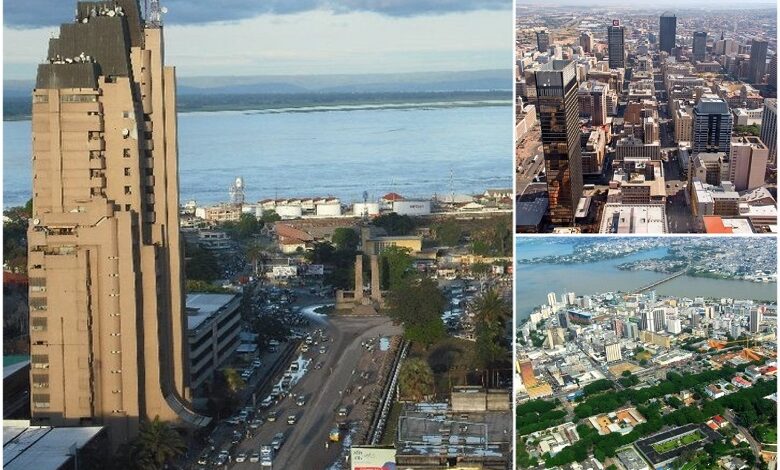
The oldest cradle of humanity is the African continent. However, there are currently no highly developed economies here. There are many reasons for this: the colonialism of European countries, constant inter-ethnic conflicts, limited water resources.
Today, more than 1 billion people live on 30 million square kilometers. In Africa, different states have created each with its specifics and features of development. There are many minerals on African soil – oil, gas, ore, bauxite, gold, and much more, but natural resources do not yet allow African countries to raise their economies; the standard of living here remains extremely low.
Nevertheless, the countries on the territory of Africa are gradually changing, their population is growing, and some of them are pretty successfully developing tourism. The first megacities appear in Africa; more than 37 African cities have over 1 million.
Top 10 largest cities in Africa
1. Lagos: Population – 23,437,435 (estimate 2018)
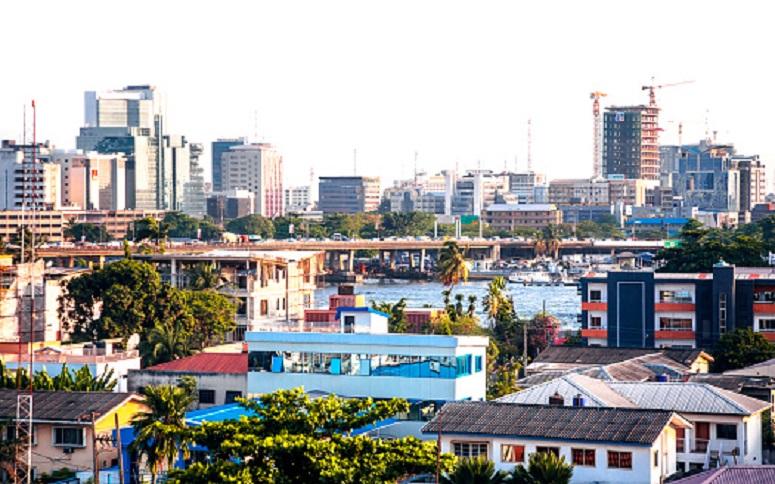
The largest African city in terms of population is Lagos. Until 1991, this city was the capital of Nigeria until it moved to the city of Abuja. Lagos is the largest industrial and port city in Africa, located on the Gulf of Benin in the Atlantic Ocean.
The town dates back to the 15th century, when the ancient city of Eko of the Yoruba people was located. Later it became the largest center for the slave trade on the continent. In 1861, the British captured the city, making it part of their colony. Lagos flourished in the 1960s and 1970s, the years of the industrial and oil boom. At this time, the population of the metropolis is increasing.
Today, the Nigerian city continues its active development, becoming an important financial, transport, and logistics hub of the continent, primarily a maritime one. There are many districts in the city, scattered over great distances. Also, small towns and settlements adjoin the metropolis, forming the “Big Lagos.” Life in the city is developing unevenly. There are modern administrative and office buildings, restaurants, and skyscrapers; the center’s streets are clean and well-groomed.
However, numerous roads leave in different directions from the center, opening a view of another Lagos. Many colonial-era buildings have survived in the suburbs of the metropolis and its industrial areas, but they are depressing.
2. Kinshasa: Population – 15,000,000 (2021)

The city of Kinshasa occupies second place in the ranking of African cities in terms of population. It was previously called Leopoldville of the Democratic Republic of the Congo. The city is home to over 14 million people, but the entire urban population is unevenly distributed.
Most of the town is a rural area within the boundaries of an African metropolis with a small population, but a minor part of the “real city” is densely populated. Kinshasa is an industrial and commercial city of the Democratic Republic of the Congo, located near Brazzaville’s capital of congo.
3. Cairo: Population – 9,908,788 (estimate 2020)
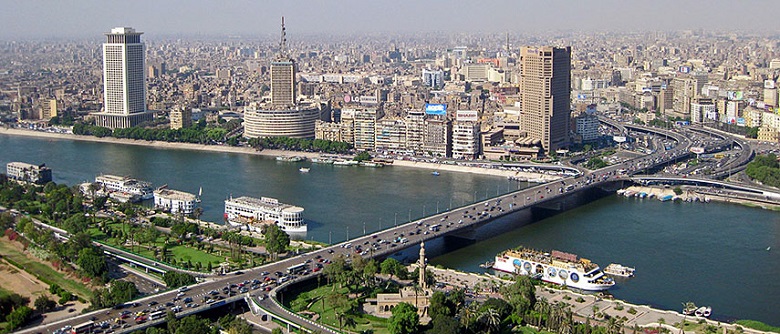
Cairo is the ancient capital of Egypt. There is evidence that already in the 7th century, a settlement locates on the site of the future eastern metropolis, but historians attribute the foundation of the city to the 10th century.
The city locates along the Nile banks, in the southwest merging with another Egyptian city – Giza. Over the centuries, Cairo has developed chaotically, especially in the Old City, where crowded streets fill with overcrowded tenements. The city locations in the southern subtropical zone are warm here in winter and very hot in summer, so a city with such a large population is boisterous and dusty.
4. Johannesburg: Population – 5,635,127 (2019)
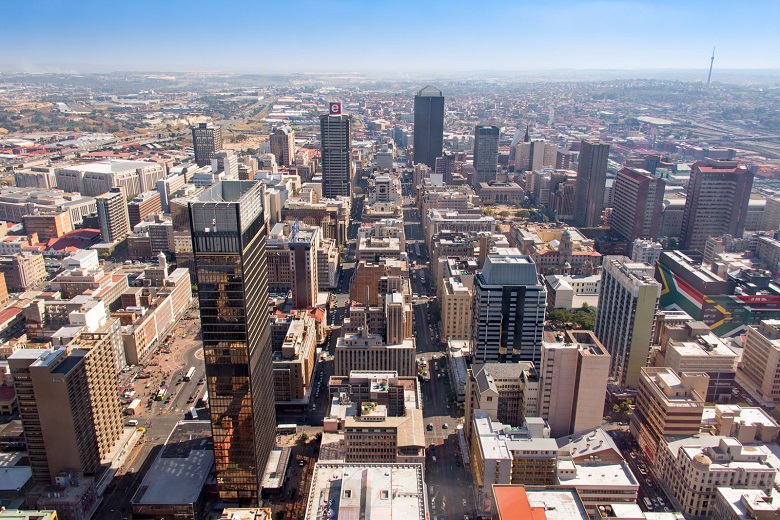
One of the most developed cities on the African continent is the city of Johannesburg. It recognizes as one of the capitals of South Africa because the Constitutional Court of the republic locates here. However, Johannesburg is also the economic capital of South Africa. Johannesburg owes its education and development to gold.
Local tribes founded the first settlements on the site of this metropolis in the XIII century, but the city itself was formed in 1886 by gold digger G. Harrison. The first architects of the future metropolis were Johan Rissik and Herbert Baker, after whom the city was named. Today, Johannesburg is the most critical world center for selling gold and diamonds, and South Africa is the wealthiest African state.
5. Alexandria: Population – 5,200,000 (2018)

Another ancient Egyptian city, Alexandria, is located on the Mediterranean coast. It was founded in 332 BC. e. Alexander the Great and for a long time was the capital of Egypt during the Ptolemaic era. Ships from all over the world came to Alexandria. The Pharos lighthouse, which today is one of the world’s wonders, showed them the way.
However, natural disasters did not allow the city to develop, and over time it lost its significance. Only in the nineteenth century, under Muhammad Ali, the city began to flourish again. This happened because a canal connected the future Egyptian metropolis to the Nile.
6. Abidjan: Population – 4,395,243 (2014)

Another sizeable African city, Abidjan, is located on the coast of the Gulf of Guinea. For a long time, it was the capital of the country of Ivory Coast. French colonists founded Abidjan at the end of the 19th century. The city’s rapid development took place after constructing the Vridi Canal, which connected it with the Atlantic Ocean and the railway.
7. Kano: Population – 4,103,000 (estimate 2021)
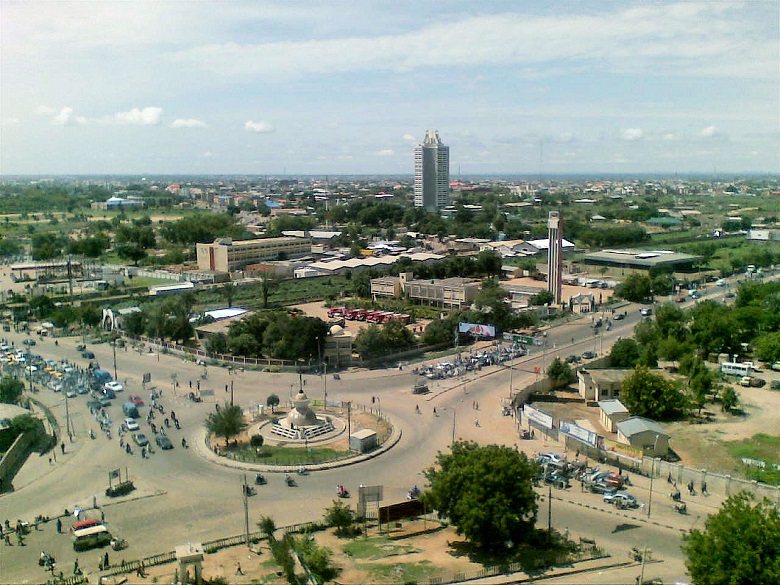
The second most populous city in Nigeria is the city of Kano. This city is called the economic hub of the country. Kano is one of the oldest cities on the continent. It formed over 1000 years ago. Kano was famous for its cotton, leather goods, etc.
The city can hardly be called modern. Despite the numerous surviving antiquities, tourism does not develop here mainly for religious reasons. Among the attractions are the Emir’s Palace, the Gidan Makama Museum, ancient markets and dye houses, Sabuwar and Dan Agundi gates. The infrastructure in the city poorly develop.
8. Cape Town: Population – 4,005,016 (2016)

The city of Cape Town, located in South Africa, was founded in 1652 by European colonists led by Jan van Riebeeck. Today it is a well-developed and most visited city in the country. The matches of the FIFA World Cup took place here.
9. Casablanca: Population – 3,359,818 (2014)
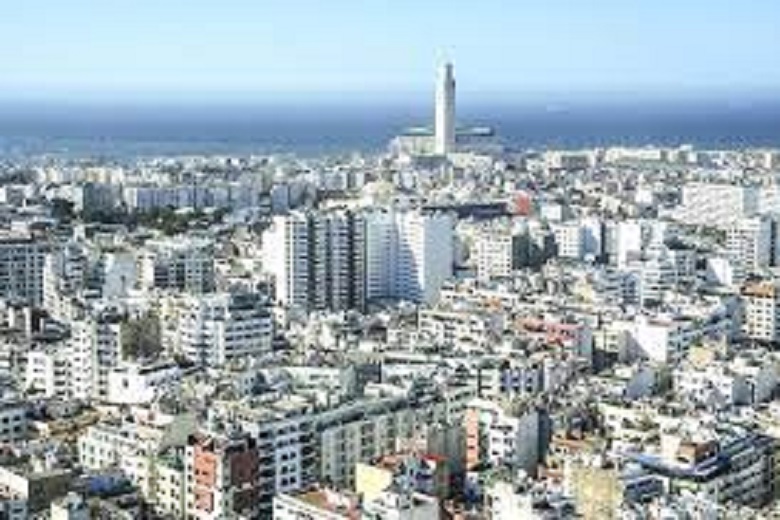
Casablanca Is a large port city on the Atlantic coast in Morocco. Thanks to Hollywood, it is known to the world, and the song about this fantastic city still hear on radio stations. However, in the film, the African metropolis is somewhat romanticized. Plus, Casablanca has changed a lot since the movie was released.
10. Luanda: Population – 2,571,861 (2020)

Luanda also includes in the list of African megacities – the capital of Angola. This city was created at the dawn of European colonialism by the Portuguese Paulo Dias de Novais in 1576. However, a century later, Portugal lost control of the territory of future Angola, giving way to the Dutch.
For a long time, Luanda was a significant center of the slave trade. Angola gained independence in the 20th century. Luanda is the most prominent political, cultural, financial, and industrial center of the state. Several times the capital of Angola was recognized as the most expensive center in the world, even though the African state itself remains catastrophically poor.
There are several explanations for this fact: firstly, the main production facilities for the extraction of oil and diamonds control by Western companies. They are in no hurry to invest in the social sphere of the country.
